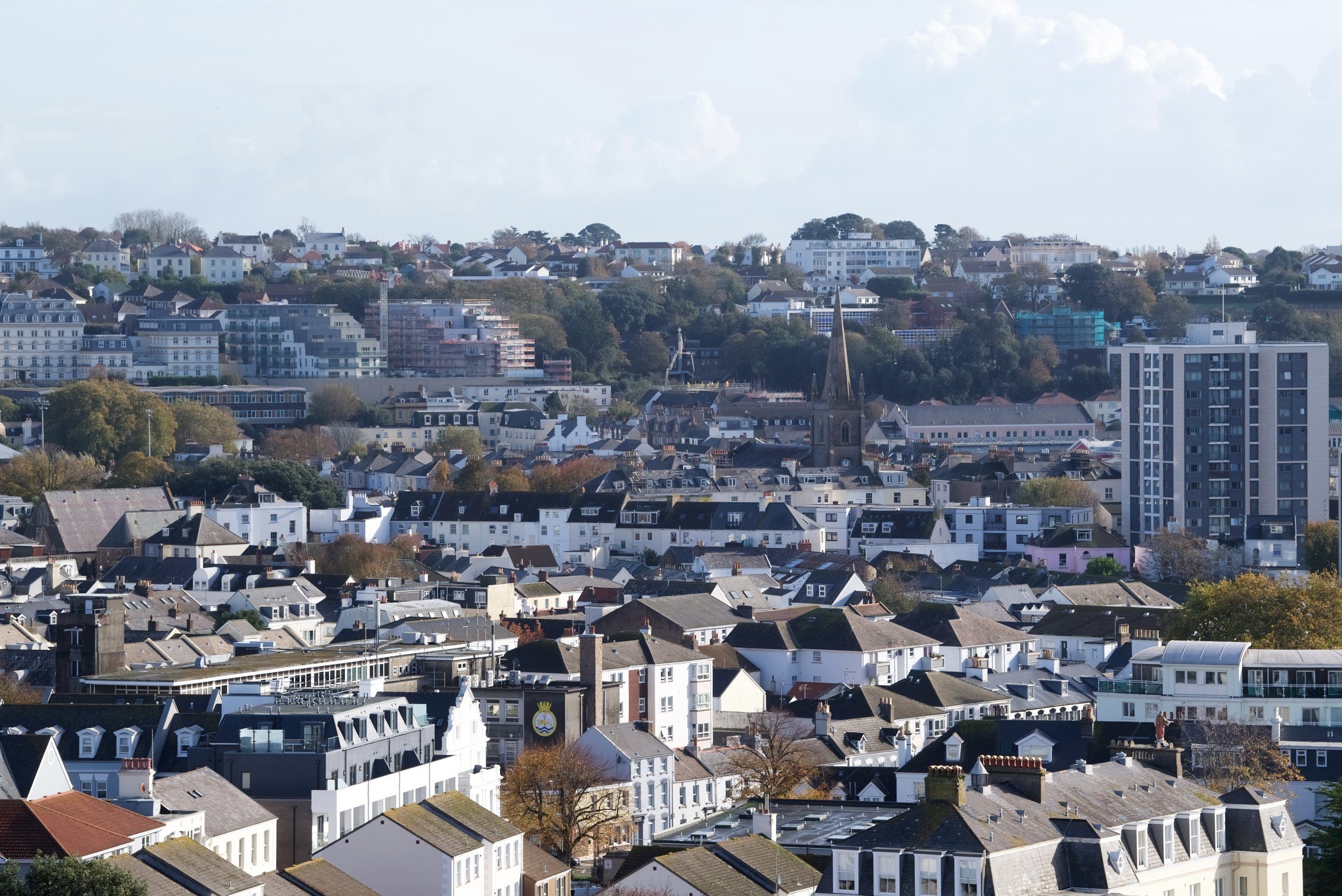NEARLY 3,500 households were invited at random to participate in Statistics Jersey’s Opinions and Lifestyle Survey in June and July, with 1,200 people completing the questionnaire and providing a key snapshot of life in the Island.
Personal Finance

The 82-page report includes several stark reminders that, while Jersey is home to many wealthy individuals, lots of Islanders are struggling to navigate the cost of living.
For example, around one in four (24%) households reported having difficulty coping financially in 2022, while the percentage of those who thought their financial situation had ‘worsened’ in the past year had increased to 40% from 28% in 2017.
This was reflected by Islanders’ spending habits, with one in three (34%) households choosing not to take a one-week holiday away from home in the previous 12 months because of a shortage of money.
Around one in ten had gone without a hot main daily meal at least once, while one in five had minimised their use of heating.
The latter statistic is unlikely to have been influenced by hikes in gas and electricity prices seen over the last two years, as global events – such as the war in Ukraine – continue to cause instability in wholesale energy markets. Jersey Electricity prices increased by 5% in July, with a further 5% rise planned for January.
An increase in the number of Islanders seeking help for basic needs was also documented, with one in ten households having received support from a local charity or voluntary group.
Almost half (49%) of adults surveyed said that the cost of a dentist appointment stopped them from going.
The gap between rich and poor also appears to be widening – with the proportion of households finding it ‘very difficult’ to cope financially put at 7%, compared to 17% of households who reported finding it ‘very easy’. In 2010, the figures stood at 5% and 13% respectively.
Living in Jersey

Despite growing day-to-day costs and increasing house prices causing some residents to leave the Island, most of those who remain appear to be content with their living arrangements.
Nine out of ten (91%) adults were ‘satisfied’ with their current housing, while almost all (96%) owner-occupiers surveyed were ‘very or fairly satisfied’ with their local neighbourhood – compared to three- quarters (75%) of adults in social rental accommodation.
However, those living in the rural parishes enjoyed greater levels of satisfaction than those in St Helier, with the proportion of residents ‘very satisfied’ with their neighbourhood standing at 70% and 40% respectively.
More than eight out of ten (84%) adults were also satisfied with the Island as a whole, although this decreased from 2018, when the figure stood at 92%.
Health and wellbeing

Although there is growing criticism and debate around the need to improve Jersey’s health provisions, the majority of adults who believed they were healthy remained unchanged – with 76% of those surveyed describing their health as ‘good or very good’. This figure has remained the same since 2020, and is similar for men (77%) and women (75%).
The proportion of adults describing their health as very good decreased among older generations, with 41% of adults aged 65 years and over reporting long-standing physical or mental health conditions or illnesses. This compares to 24% of 16- to 34-year-olds surveyed.
More than a quarter (27%) of adults scored their level of anxiety as high, while nearly half (48%) said they spent too much time working. Almost a third (30%) said they felt lonely ‘often or some of the time’.
Nearly three-quarters (71%) of adults were recorded as scoring ‘highly or very highly’ for feeling happy.
However, the percentages of adults reporting very high scores for happiness (30%), feeling worthwhile (32%) and life satisfaction (23%) were slightly less than or similar to those reported in the UK’s respective figures of 30.5%, 32.2% and 25.5%.
Crime and policing

Jersey is often cited as a safe place to live – a claim that appears to be backed by the results of the survey.
Over nine out of ten (93%) of those surveyed felt either ‘very or fairly safe’ in their neighbourhood, while the proportion of people feeling very safe increased from 41% to 63% in the past decade.
There was a difference between the percentage of men who said they felt safe walking alone at night (93%) compared to the percentage of women who said so (77%).
The figure comes in the wake of efforts to crack down on gender-based violence, with hotspots for sexual harassment and abuse recently identified across town by women and girls sharing experiences – and pinpointing streets where they felt unsafe.
However, the proportion of adults who were ‘very or fairly worried’ about becoming a victim of sexual violence and violent crime in the next 12 months was 11%, with burglary, vandalism, verbal abuse, anti-social behaviour and digital crime all causing greater levels of concern.
Digital crime appeared to be the most concerning category, with half of adults (53%) very or fairly worried about being a victim of online fraud, cyber bullying or scams. Despite these fears, nearly four-fifths (77%) of adults agreed ‘at some level’ that the States police did a good job of policing Jersey.
Meanwhile, just over a quarter of adults (27%) reported being discriminated against, including almost half (45%) of the Portuguese adults who responded to the survey.
Employment
Employed Islanders included in the survey reported being contracted to work an average of 37 hours per week in their main job – but said they usually worked around three hours per week more.
Around one in ten (9%) workers reported having ‘at least’ one other job in addition to their main role, although the average hours worked in additional jobs had decreased from eight in 2019 to just under seven (6.8). One in ten (11%) of workers surveyed said they would prefer to work longer hours if given the opportunity.
The average number of paid holidays for those employed was 25 days.






